I’ll Never Let Go
My great-grandpa Frank Bowers owned a book entitled The Sinking of the Titanic and Great Sea Disasters that came out shortly after the sinking in 1912. His daughter (my grandma) saved it (of course) and passed it down to me when she learned how interested I was in the story. In 1996 I saw a National Geographic special on the historic event and because we were in Tennessee on a trip in the summer of 1997, my parents took us to see the Exhibit at the Memphis Pyramid. Imagine my delight when a movie was going to be coming out about it that December! What a time to be in middle school!

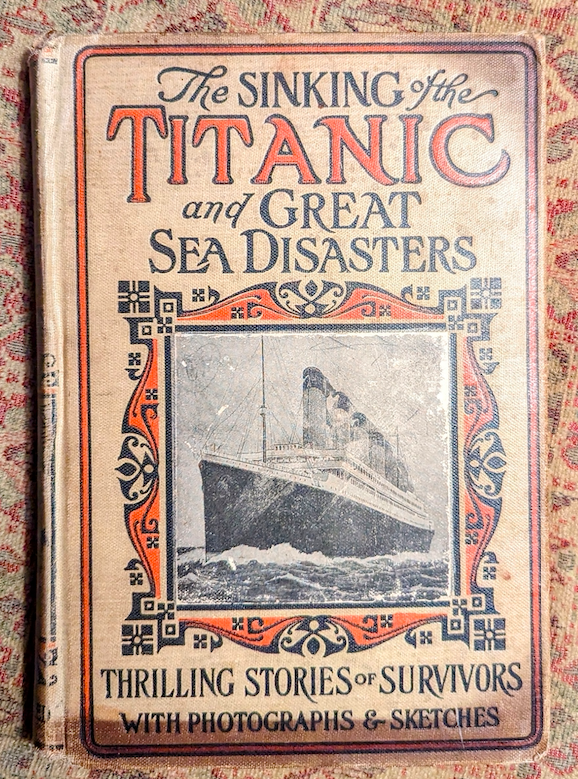
112nd Anniversary of the Sinking
112 years ago tonight the Titanic struck an iceberg that would sink the ship to the bottom of the Atlantic a few hours later in the early morning of the 15th. Frank Goldsmith was only nine years old when he was saved along with his mother on the crossing to New York. His father died along with the over 1500 passengers that went down with the ship. Some of his family still lives in the Ashland area and are wonderful people! You can read more about his amazing story here »
In 1980 my grandma (who collected autographs) met Mr. Goldsmith in Gault Cleaners where she worked and asked him for his autograph. She cut out an article about him and taped both that and his autograph in that book.
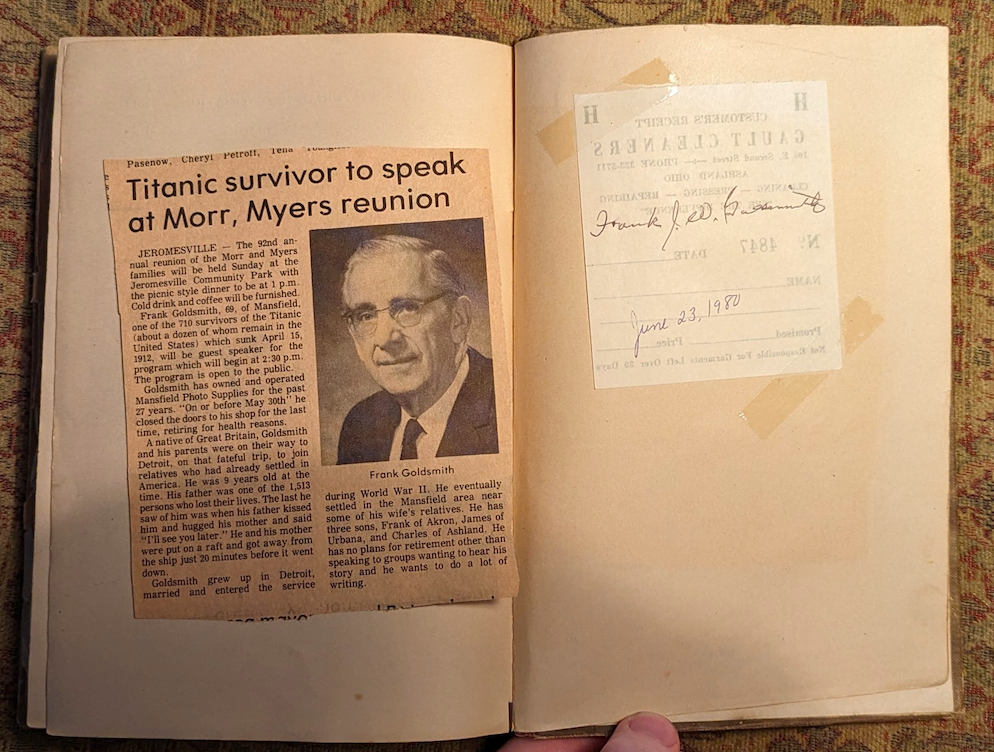
Sisters (and Brothers)

Through my discovered family, they shared with me all about my great grandfather, Karl Henrik Ekstrom (Carl Eckstrom later) coming over from Sweden on Titanic’s sister ship, the Olympic in 1914. What’s the next best thing to having an ancestor that was on the Titanic? An ancestor on the Olympic. Mostly because he wasn’t on the Titanic. And we are all alive because of it. He’s the one on the far left.
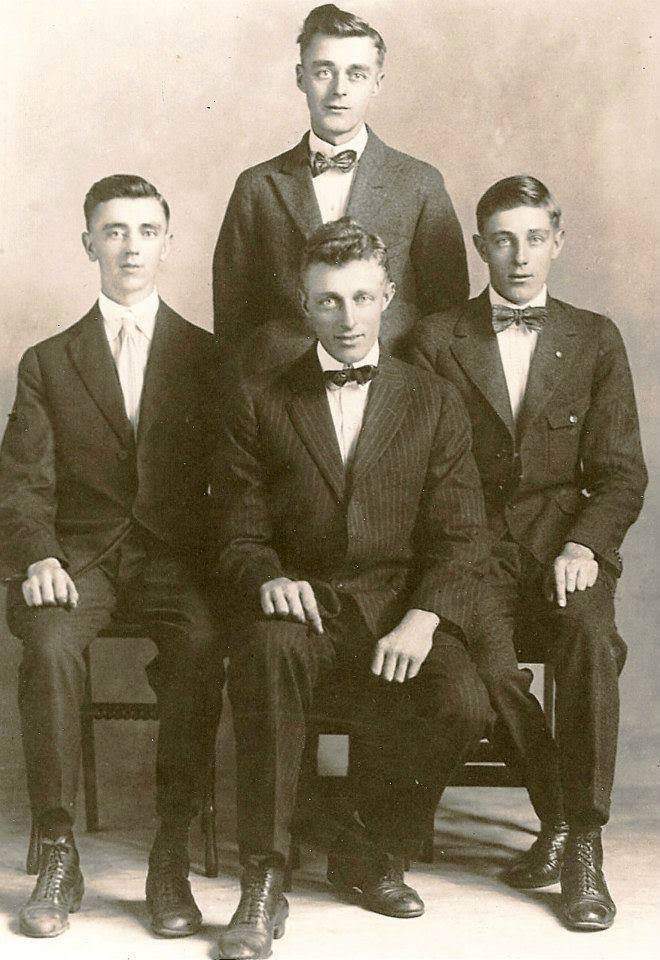
With inflation, even a third class ticket was around $700-$1200. I don’t have a record of what he paid, but from what I’ve read in RMS Olympic by Mark Chirnside, In his book, I found a section about the voyage that my great-grandfather would have been on:
“Olympic departed from Southampton for New York via Cherbourg and Queenstown on 29 July 1914, carrying a respectable 1,140 passengers. Among her passengers – so the passenger list stated – was a ‘Miss Rosenbaum’, who seems to have been the Miss Rosenbaum, Edith Russell. [She was a survivor of the Titanic] One passenger, Mr. Faversham, saw 15,000 soldiers drilling in Cherbourg before the liner’s departure, and another passenger, Evelyn Shaw, recalled that Paris had been crowded, mobs of people shouting ‘Vive la Guerre!’ (‘Live for war!’). Europe was spiraling out of control.
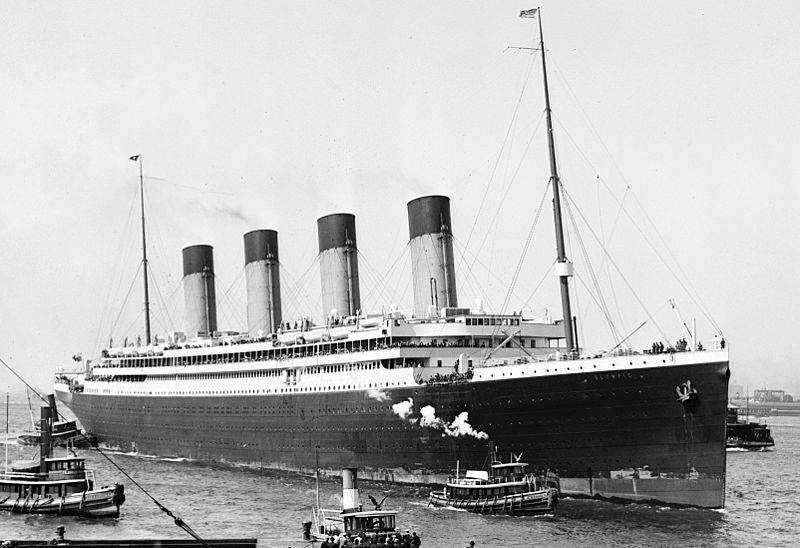
“Captain Haddock ordered portholes covered and lights dimmed, amongst other precautions. Olympic’s wireless operator soon found that the ocean had become a ‘graveyard’, as many ships were about but few were answering any messages. As Olympic came closer to Halifax she picked up the British cruiser Suffolk by wireless, although the cruiser stayed out of sight.
“At one stage of the voyage, the Norddeutscher Lloyd liner Kaiser Wilhelm II was spotted. Passengers, however, would later deny to the press that they had feared capture or the voyage’s danger. As Olympic neared New York, precautions were again taken. Captain Haddock ordered the engine room to work the ship up to the highest possible speed and by 11.00 am on 4 August 1914 Olympic’s engines were turning faster than ever before. One report put the ships’s speed as high as 25.1 knots, which would only have been possible in exceptional conditions with an obliging current.
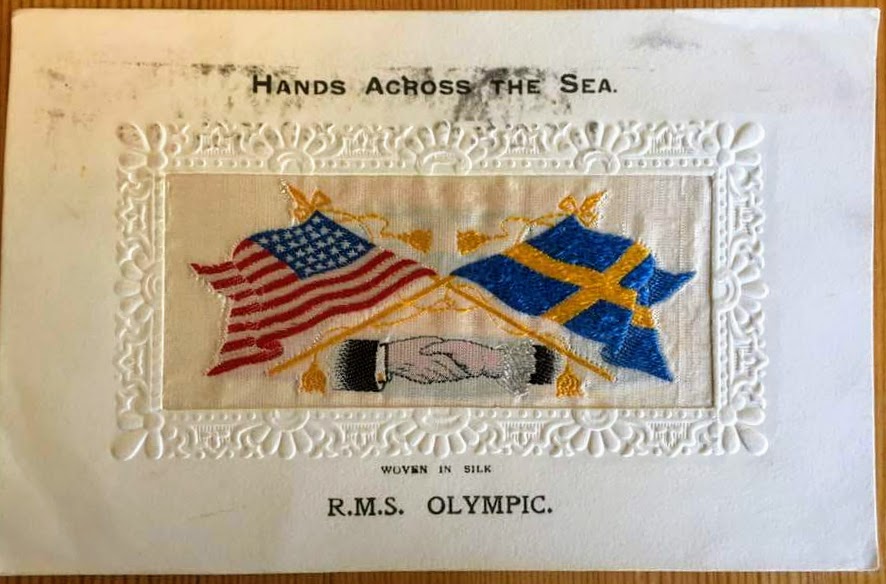
“She arrived in New York on 5 August 1914, completing the crossing in 5 days 12 hours and 57 minutes at an average speed of around 21 knots. She arrived in New York to great acclaim, as the newspapers proved. ‘We sighted no German cruisers’, Captain Haddock informed reporters. ‘No wireless messages were picked up from any.’ Not resisting the comparison to her speed of 1912, one report began: ‘The steamship Olympic of the White Star Line arrived in port this morning after breaking even the record she made when she ran out to aid in bringing back survivors of the Titanic.’ Reporters were certainly eager in questioning Captain Haddock. ‘What would you have done if one had been after you?’ he was asked. ‘I think we could have shown her a clean pair of heels,’ Haddock answered, ‘confidently’ so the reporter thought. After her arrival, Captain Haddock had a discussion with Captain Mauraus of the French liner Savoie. Although practically everybody at the time believed that the war would ‘be over by Christmas’ that year, there were no doubt fears for the future.”
The author gives credit to David Hudson for this account.
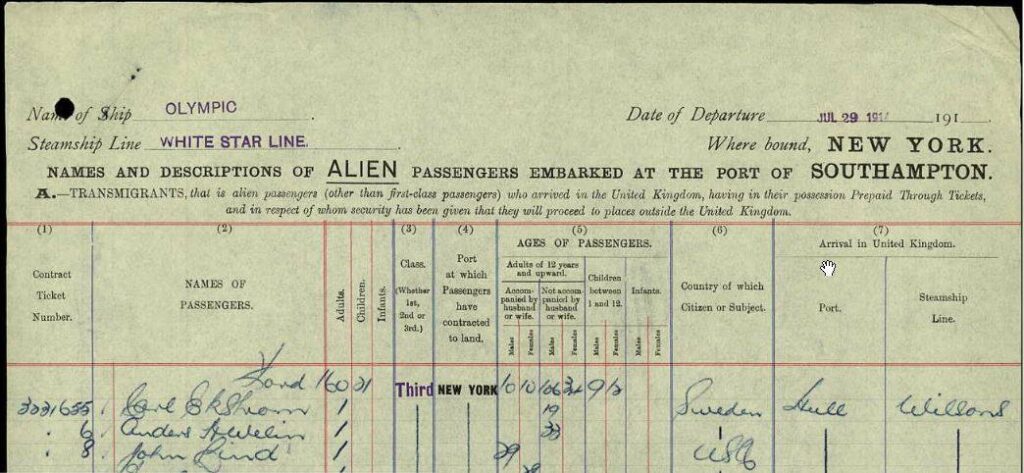
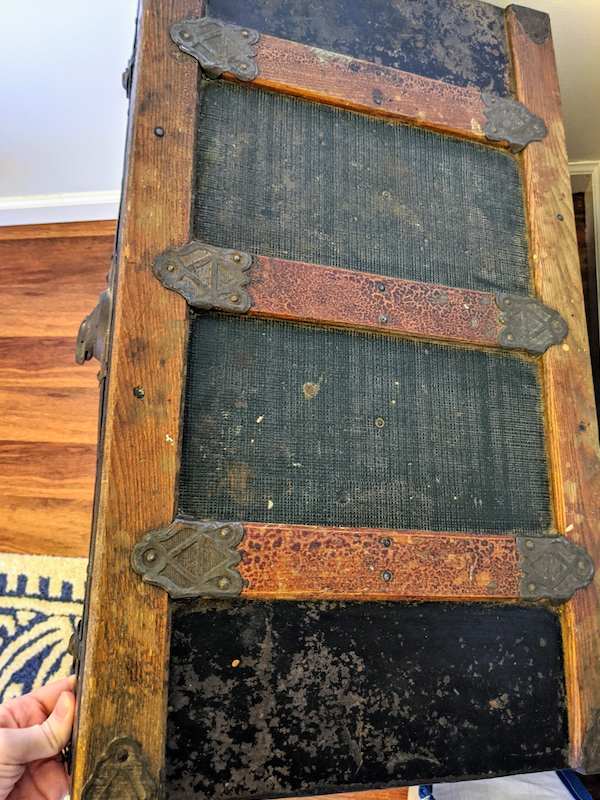
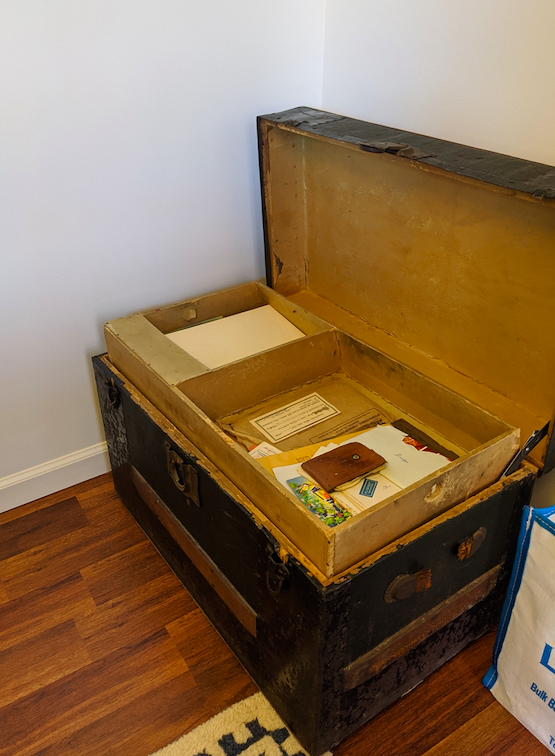
Who were the immigrants in your family? Did they come during the 1880-1930 wave? More than 23 million people came to America during that 50 year period.
Immigrants entered the United States through several ports. Those from Europe generally came through East Coast facilities, while those from Asia generally entered through West Coast centers. More than 70 percent of all immigrants, however, entered through New York City, which came to be known as the “Golden Door.” Throughout the late 1800s, most immigrants arriving in New York entered at the Castle Garden depot near the tip of Manhattan. In 1892, the federal government opened a new immigration processing center on Ellis Island in New York harbor.
Do a quick search and see if you can find any records about your immigrant ancestors here »
Don’t miss the next Get a Clue post.
Subscribe to my newsletter and get the latest article, practical
genie research hacks, updates about my book The Record Keeper, and more!
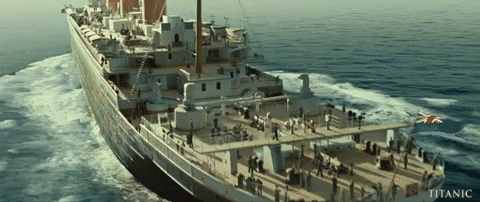

Fascinating story and although I’d heard parts of this story before, your style of writing has a way of getting the reader to want to read on and learn more!!! Excited for and Proud of you, Allison ‼️